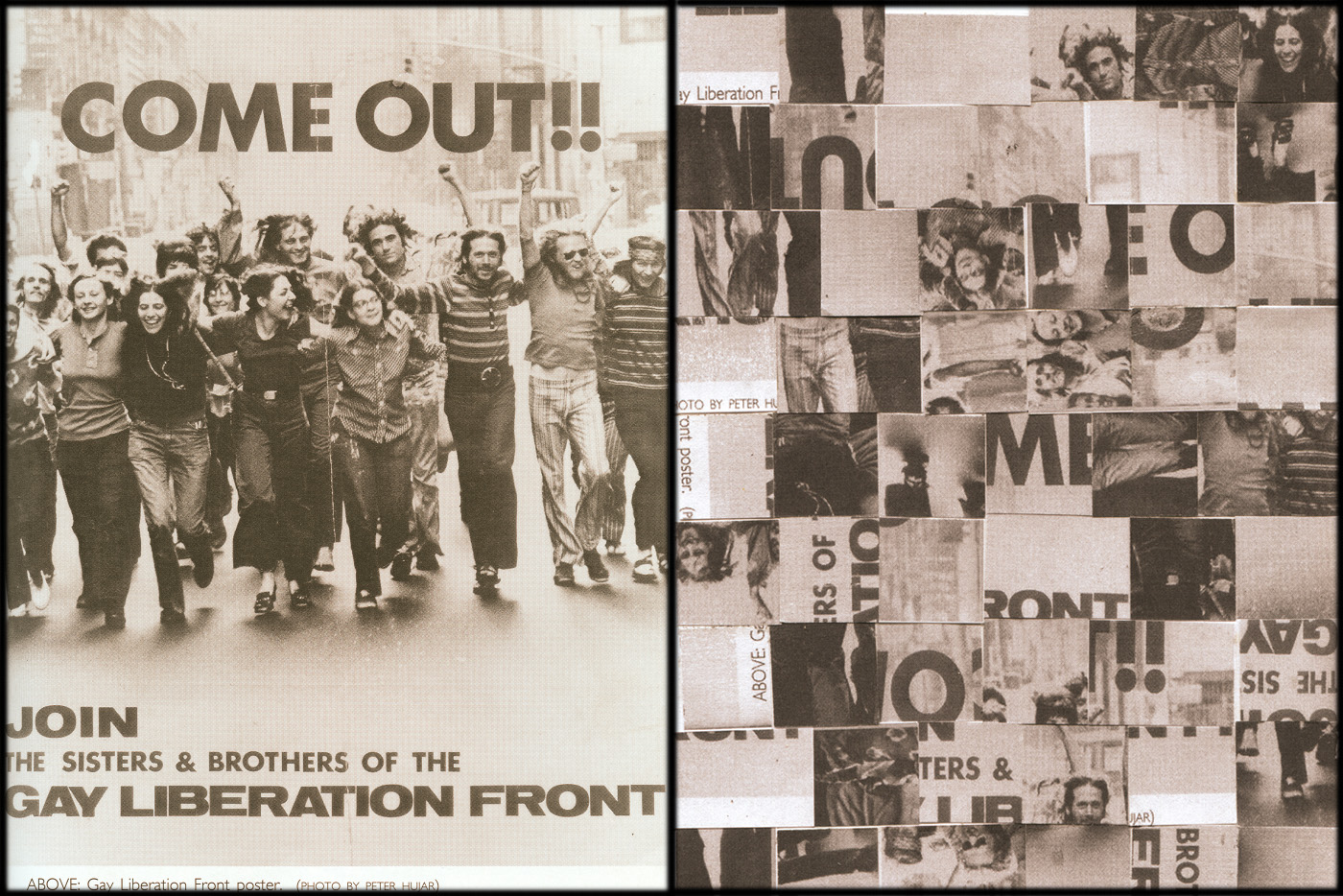Objective
To introduce the concept of designing typography for a specific artefact.
To create a design that could be used on for your book illustration.
To create a design that could be used on for your book illustration.
Task
Read through the presentation on Anna Mullin above. Look at the various design steps involved and consider the rationale behind the work.
Design your own type that links with your story.
You will be asked to present a rationale of your own, so the 'thought' that goes into your decision is important. 'It just looks nice' is no longer quite good enough.
Scroll down this article HERE to the 'Were you also involved in the typographic elements?' part. Read it to find out another point of view.
Scroll down this article HERE to the 'Were you also involved in the typographic elements?' part. Read it to find out another point of view.
Extra marks - full character set
Mega extra marks - Draft of a cover with your type design included. You might wish to attempt a cover or poster for the book using type only.
Presentation
Sketchbook and Google Slides.
Presentation
Sketchbook and Google Slides.
You will graded holistically on
Rationale (relate to final design)
Research (moodboard)
Drafting (notebook scamping)
Sketchbook development (colour or texture ideas, or placed on exmples)
Final design(s)
Drafting (notebook scamping)
Sketchbook development (colour or texture ideas, or placed on exmples)
Final design(s)
Time needed
8 hrs
Deadline
Thursday 12th Jan 3.15.



























